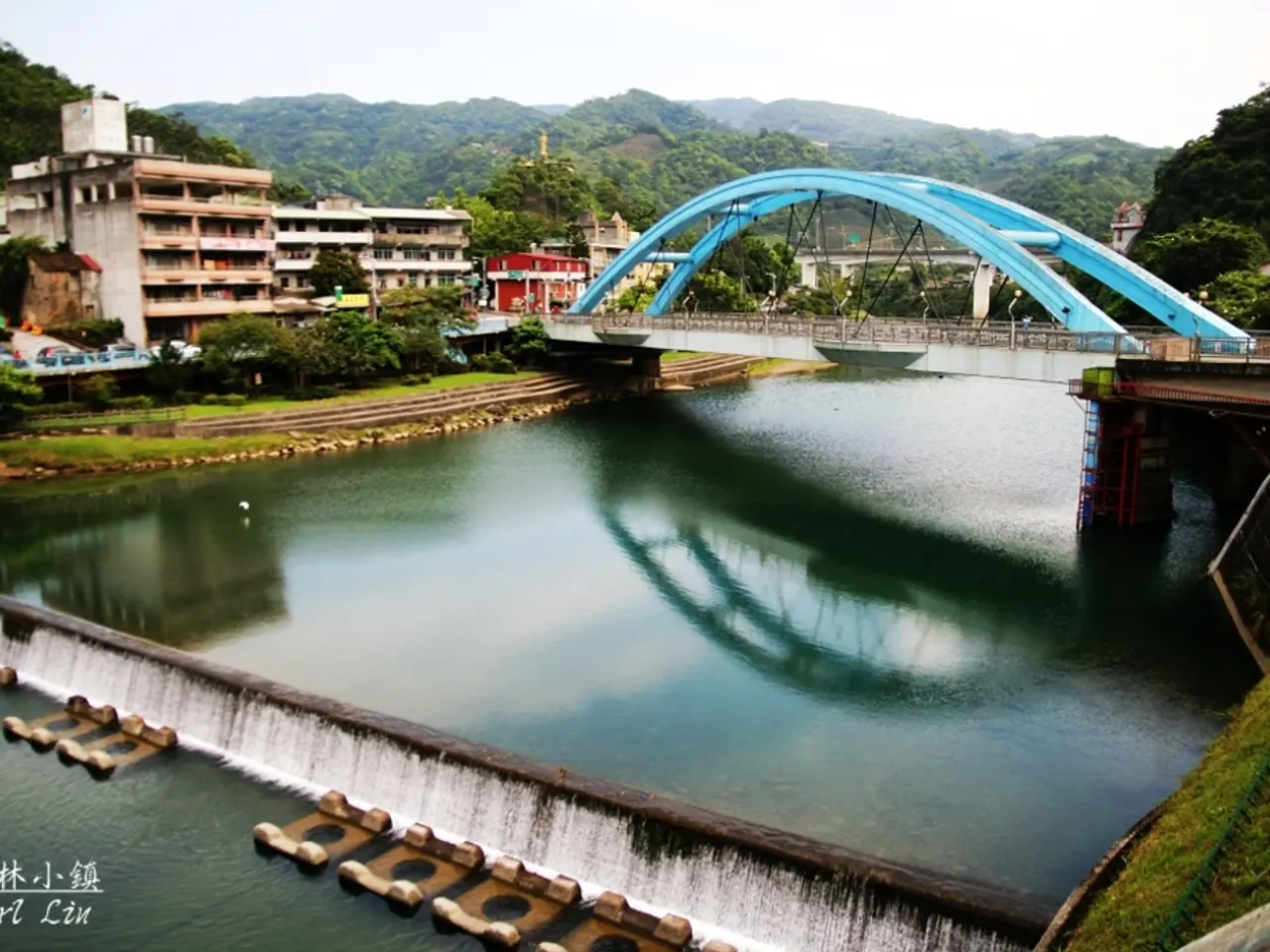Controversial perspective on the proposed suspension bridge connecting Italy and Sicily: Is it ambition or overreach?
The long-awaited Strait of Messina Bridge project, set to be the world's longest suspension bridge, has finally received final government approval in August 2025. The bridge, planned to span approximately 3.7 kilometers, will connect Sicily to mainland Italy, linking Torre Faro in Sicily with Villa San Giovanni on the Italian peninsula.
Geological Challenges and Feasibility
The project has faced long-term controversy and delays due to seismic risks, strong currents in the strait, and environmental concerns. This region is seismically active, posing engineering challenges for designing a stable, earthquake-resilient structure. To overcome these challenges, an international consortium led by the Italian construction company Webuild, joined by Japan’s IHI Corporation and Spanish company Sacyr, is handling the project, leveraging expertise in large suspension bridges under challenging conditions.
Economic Impact and Costs
The project cost is estimated at around €13.5 billion (~$15.5 billion), making it one of Europe’s most expensive infrastructure projects. Italian authorities, led by Transport Minister Matteo Salvini, frame the bridge as a critical development accelerator for southern Italy, expected to create jobs and stimulate economic growth by improving transportation and integration between Sicily and the mainland. The bridge is also a key part of the Berlin–Palermo railway axis, a significant corridor in the Trans-European Transport Networks (TEN-T) aimed at fostering European cohesion and connectivity.
Alternative Infrastructure Solutions
Historically, ferry services have linked Sicily and mainland Italy, but capacity and reliability constraints limit economic integration. Other alternatives like tunnels have been considered but were deemed less feasible or more costly given the strait’s width and geological complexity. No recent large-scale alternative projects to the bridge have been advanced; hence the bridge represents the bold infrastructure push to replace less efficient connections.
Environmental Concerns and Oversight
Environmental organizations and geoscientists have criticized the bridge's impact on the sensitive ecosystem of the Strait of Messina, particularly for migratory birds and marine mammals. The construction would intervene in previously untouched areas, potentially affecting nature landscapes that are partly protected. To manage these risks, stringent governmental oversight aims to ensure the project's environmental impact is minimized.
In brief, the Strait of Messina Bridge is currently transitioning from decades of planning to actual construction, representing a highly ambitious technical and economic infrastructure project designed to transform connectivity and economic prospects in southern Italy. While challenges remain, the project promises to overcome the separation between mainland and island, often symbolizing the divide between north and south Italy, and significantly relieve commuters in regions like Calabria and Sicilia, which are poorly connected to the national transport network.
- The Strait of Messina Bridge, a soon-to-be-constructed suspension bridge with a cost of around €13.5 billion, is expected to revolutionize economic and social policy in southern Italy.
- Businesses and personal-finance enthusiasts are keenly watching the project due to its potential to stimulate industry and finance in the region.
- The bridge, poised to be the world's longest, will serve as a crucial investment opportunity, linking Sicily to mainland Italy and promoting lifestyle enhancement for travelers and residents alike.
- Numerous alternatives like tunnels and ferry services have been considered over the years, but the bridge offers the most feasible solution, boosting technology advancements in infrastructure development.
- In the wake of controversy and delays, the bridge's construction must adhere to strict environmental guidelines to ensure that it has minimal impact on the Strait of Messina's sensitive ecosystem, including migratory birds and marine mammals.
- The ongoing Strait of Messina Bridge project, laden with challenges, signals an ambitious step in both the economic and technological landscape, with profound implications for education-and-self-development, general-news, and even sports – areas that rely on seamless transportation systems.




